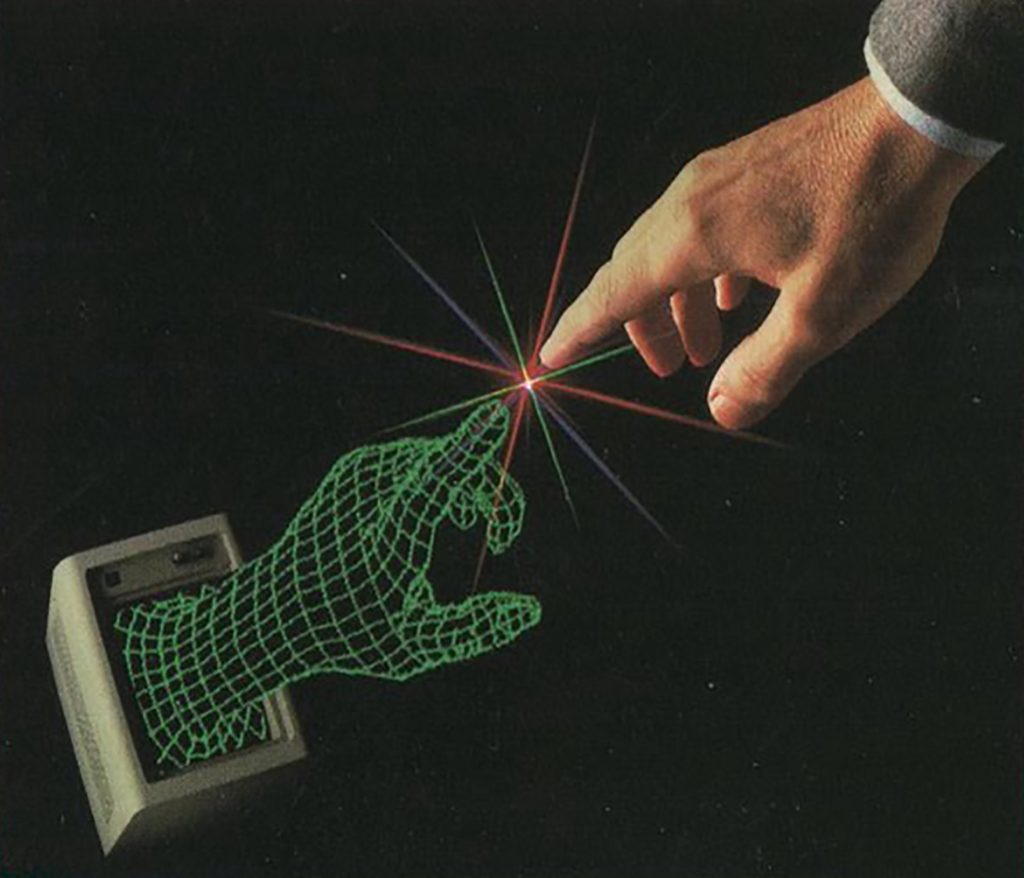“We are already a cyborg. Because we are so well integrated with our phones and our computers.” This is what Elon Musk recently said at The World AI Conference in Shanghai. His company Neuralink reportedly wants to connect the human brain with a computer interface. Artificial Intelligence (AI) is rapidly transforming every aspect of our lives. It advances society through scientific achievements (e.g., AI tools for cancer prevention and treatment), but it can also be used to manipulate news and social media.

unsplash.com | Wilson Ye @wilsonye123
The rise of the virtual human
Since the middle of the 20th century (1958), when the world saw its first CGI animation, we’ve come a long way. The thin line between real video and realistic CGI has become increasingly blurred in the last decade, eventually disappearing in the latest Hollywood movies and Netflix TV shows. Computer-generated Imagery (CGI) has been used for various purposes — from creating impressive space environments and spacesuits in Gravity (2013) to the realistic animals in Life of Pi (2012), The Lion King (2019), and monsters in The Witcher (2019).
Modeling and animating the human face is a much more complex achievement, but we’ve seen some great examples, such as aging/de-aging in The Curious Case of Benjamin Button (2008) and recently in The Irishman (2019). However, some film and audiovisual industry professionals continue to criticize CGI humans and animals for their “unnatural look” or “movement,” and their “absence of emotion.”
Animating realistic human or animal body movements is becoming achievable without mapping, thanks to the relatively simple hierarchy system of joints and bones. But we are still waiting for the same to happen with the human face. It consists of 43 muscles controlled by the seventh cranial nerve. Facial movements are highly influenced by subconscious processes and communicate a wide range of emotional experiences compactly and clearly. The biggest muscles in the human body are primarily used for simpler actions like walking, so it’s easier to define and reproduce these movements. However, when it comes to facial movements, the sheer number of combinations is vast, and each facial expression reflects different emotional states, as studies have shown.
Don’t push the button
The next phase in the rise of virtual humans could be both terrifying and bizarre. As we’re now able to quantitatively define and model realistic bones, organs, muscles, and other parts of the musculoskeletal system, someone will eventually press that “Print All” button.

gfycat.com | Mandalorian: Baby Yoda pushes the button
From 2013, when the FDA approved the first bionic eye, scientists have continued innovating. Last year, Berkeley researchers published an innovation that enables faster 3D printing of human body tissues — a parallel multiple-layer cryolithography device for the manufacture of biological material for tissue engineering. Bioprinting allows tissue layers to be printed simultaneously and stacked to form 3D structures.
Hopefully, the idea of a bioprinted human organism remains in the distant future. The production of bionic cells, tissues, and organs needs to progress to the point where these systems can function in perfect coordination, eventually leading to the creation of a full organism. The biggest challenge AI faces will be the human brain. Eventually, a bioprinted human may be able to move, process data, and produce voice, as seen in Ex Machina (2014) and Westworld (1973/2016). But will it be able to make “mistakes” based on morals, awareness, and emotions? Will it ever be able to transfer emotions through sweat, as humans do? Humans can transfer abstract information through movements, voices, and the hormonal system. For example, rapid stress systems chemically transfer fear from sender to receiver. While scientists are making progress in both qualitative and quantitative analysis of emotions, published studies are still in the experimental phase. Machine Learning (ML) requires vast amounts of relevant, precise data to recognize patterns.
Data harvesting & deepfakes
Meanwhile, in the present, the U.S. is preparing for the upcoming presidential election. Will AI win the presidency (again)? Leif Lundbaek, the CEO of XAIN, assures that the era of misusing personal data for political advertising is over. Machine Learning principles will soon be regulated by governments to ensure data privacy for end-users. But what if end-users misuse AI to create and spread fake news, undermining election integrity?
giphy.com | Donald Trump: “You are fake news.”
California recently made deepfakes illegal for creation and distribution. American politician Marc Berman states, “Deepfakes are a powerful and dangerous new technology that can be weaponized to spread misinformation.” Deepfake is an AI-based technology used to produce digital images or videos by overlaying one image or video onto another. It’s a powerful 3D face-rigging technology widely available. As deepfakes are often hard to recognize, they pose a significant threat to real journalism. Blockchain technology could help ensure data integrity. To prevent the spread of misinformation, tech giants like Google, Facebook, Microsoft, and Amazon have recently enacted policies against deepfakes and are working on improving detection methods. However, companies like Snapchat and TikTok are introducing this technology to their users purely for entertainment.
Obi-Wan Kenobi would advise: “Your eyes can deceive you; don’t trust them.” Nowadays, we can agree more than ever. Textual information has always been highly dependent on its source, and audio information is also easy to fake, but video was once considered the most reliable source. Now, we must validate first! YouTube still has plenty of amusing deepfake videos, including ones with Donald Trump in the controversial TLC TV show — Toddlers & Tiaras, or Keanu Reeves as The Witcher. I deliberately left out Nicolas Cage, so he can rest for a moment.
Superintelligence
Technological progress is accelerating, and with the mass adoption of quantum computing, it will become even faster and more apparent. Google recently announced “quantum supremacy”, claiming that their quantum computer solved a problem that would take the world’s fastest supercomputer 10,000 years to solve in just 200 seconds. Quantum computing has vast potential to enhance all types of AI applications, cybersecurity, drug development, financial modeling, battery technology, fertilization, traffic management, weather forecasting, and more. However, humanity is still far from the Superintelligence era, when AI would possess all human cognitive abilities, including self-awareness, sentience, and consciousness. If we believe Elon Musk, it could eventually surpass us. Until that happens, we must ensure we use AI for the betterment of humanity.

pinterest.com | Alan Zenreich, Creative Black Book: Photography (1985)
Digital products like Netflix, Spotify, Airbnb, PayPal, Amazon Prime, and Uber have undeniably shaped new global habits and customer behavior over the last decade. However, our digital future is about more than just entertainment and market demand. Smart Cities are becoming reliable sources of Big Data, which will soon reveal various societal challenges. The fields of environmental care, energy consumption, and the public health system are ripe for innovative UX solutions. Our empathy can help us recognize emerging needs and build a stable bridge to a more human-centered future.
SOURCES
